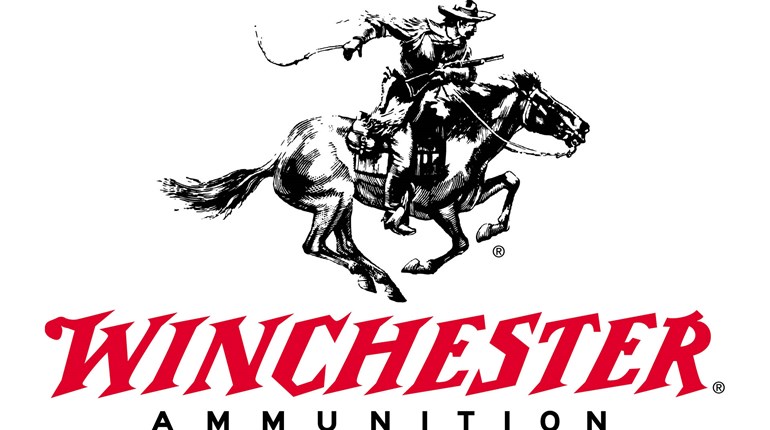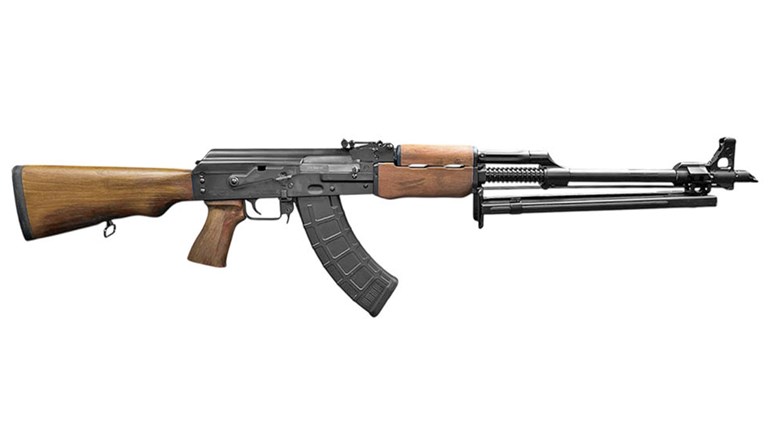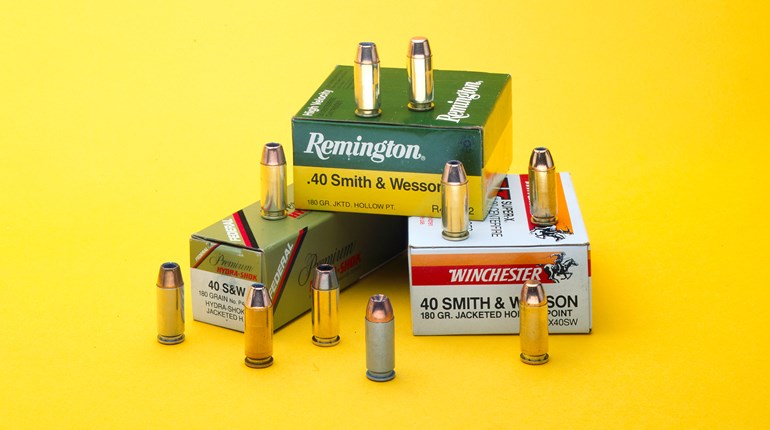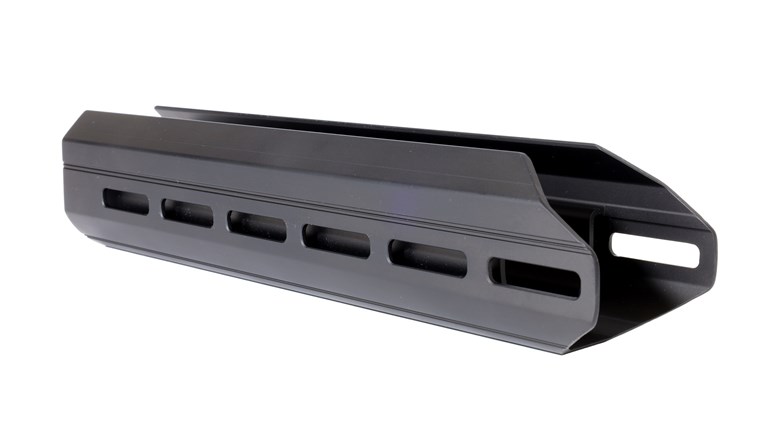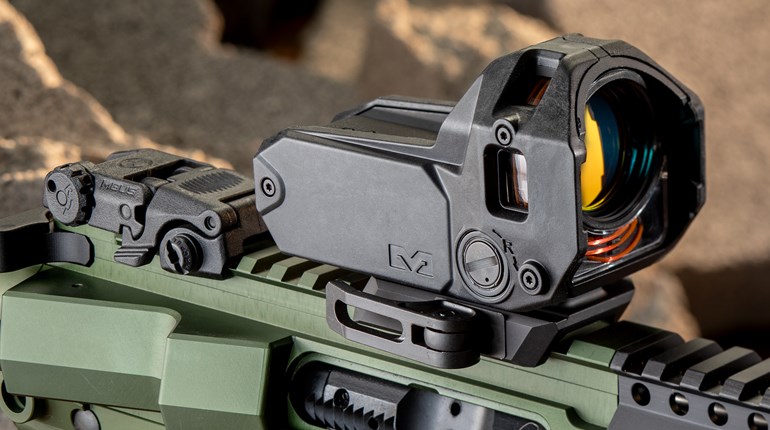
"Snubby" is a term that has crept into the shooter's lexicon to identify those revolvers with exceptionally short barrels. There is no sound reason why anyone would want to abbreviate a handgun barrel to a degree that would interfere with the gun's ballistic performance, unless they want to create a revolver that is easier to conceal in most clothing. In similar fashion, some handgun makers have responded to a demand for ultra-short semi-autos that also conceal very well. This is an even greater challenge because it involves shortening not only the barrel, but also the slide. Inertia balances are upset, and the mass of the slide and barrel must be carefully regulated with the strength of the recoil spring. All of the design effort tends to drive up the cost of the gun. Still, people are willing to pay good money for these short pistols and revolvers. That's because they have a newly issued concealed-carry permit and want the shortest, lightest pistol or revolver they can possibly find.

You can't really blame them for this, because the lightest and shortest handgun is the only one that stands much of a chance of being there when the trouble starts—it's human nature. But there are some simple experiments that may help shooters get something close to adequate performance from what is a demonstrably inefficient gun. It is inefficient in the sense that most ammunition for which the shorty pistols and revolvers are chambered was calculated to work best in guns with longer barrels. Two major factors enter into the effectiveness of pistol ammunition—almost always jacketed hollow-point loads—in defensive shooting scenarios. One of them is energy, which is calculated using the weight of the bullet and the speed at which it travels, plugged into a standard formula. Another factor is the efficiency of energy transmission to the target. This varies greatly, but it takes into consideration the depth of penetration and the degree of expansion of the bullet.
Some authorities contend that the best possible stop-the-fight performance comes from immediate transmission of all developed energy to the target. That's almost instantaneous expansion and very limited penetration. Others—including me—believe you are better off with slower and more controlled expansion and a considerable degree of penetration. One thing is certain: The faster the bullet is moving, the faster it expands. With the bullet's increased cross sectional area, there is a greater frontal surface to slow the bullet down as it traverses tissue. If the expanded bullet goes deeper, there is a greater chance that it will reach the vital structures of an attacker's body. In plain terms, you have to break something important—usually deep in the torso—to make him abandon his criminal assault and hopefully consider another line of work. We'll go forward from this point with the understanding that we are not discussing marksmanship, tactics or any related matter, but rather the process of selecting the most effective short-barreled handgun ammo.
First we need to determine the velocity of any load you might want to use, and from that you can determine the energy it develops. This part of the exercise is rather simple and can be quickly accomplished with a quality chronograph and calculator. Determining the efficiency of the energy transmission is a more abstract and complicated matter.

The best yardstick is the one developed and still used by the FBI. In the 1980s, the Bureau was concerned about the effectiveness of its agents' ammunition and came up with a test protocol in which calibrated blocks of ordnance gelatin were used to simulate human tissue. This followed the pioneering work of Dr. Martin Fackler at the Army's Wound Ballistics Laboratory. Preparation of ordnance gelatin is expensive, complicated and messy. I have long used a substitute in the form of a 1x1x6-foot water tank made of steel. Bullets fired through a rubber membrane on the near end of the tank traverse the six-foot length of water, expanding as they go. When their velocity is spent, they drop to the bottom of the tank and are retrieved. The penetration and expansion mimicks real world performance.
Having had the good fortune to visit several of the major ammunition plants and witness bullet testing in ordnance gelatin, I have a basis for comparison for shooting the same loads in my water tank. With notable exceptions, there is a fairly regular ratio of distance traveled in the two kinds of media to produce the same expansion. For every inch of distance traveled in gelatin, you get approximately 3 1/2 inches of travel in water. Ergo, the ratio is1:3 1/2. When I shoot a particular load in water and recover it 35 inches into the tank, I can be reasonably sure that it would penetrate some 10 inches of gelatin. Also, the expansion is almost identical. However, after almost 10 years of experience with the water tank, I have seen enough anomalies and inconsistencies in its performance to realize that the system has warts on it. Some bullets just behave differently, and a definitive relationship is not easily made. For this reason, I consider the use of this procedure to be valuable only in the informal, comparative sense and not in any definitive, scientific one.

There is no doubt that shortening the barrel of any handgun to make it concealable will invariably reduce the velocity, and therefore the energy, delivered to the target. Ammunition comes from the factory with a powder charge developed to produce a given velocity, when fired from a typical gun. Usually, that typical gun has a barrel around four inches in length. A shorter barrel doesn't have the room to burn the powder charge completely, and the velocity is lower. At slower speeds, bullets cannot expand and penetrate as well as they can at higher velocities. In some extreme cases, the low velocity may be such that a jacketed hollow-point bullet will not expand at all. I know of several authorities that have investigated these matters at length and simply use ball ammo on the theory that penetration without expansion is acceptable, as long as the bullet hits something important. It's an admittedly appealing approach, but I would rather use a modern jacketed hollow-point bullet in the hope of getting at least some expansion. That perfect mushroom has an advantage beyond traumatizing tissue. A fully expanded bullet seldom travels far enough in the tissue of a centered hit as to exit the attacker's torso and almost never with any significant remaining velocity. Therefore, there is not much chance of the dreaded through-and-through wound that puts downrange innocents at risk.
To determine the best ammunition for use in short-barreled pistols and revolvers, I conducted some experiments with some typical guns and ammunition. I used pistols in the three most common calibers: 9 mm Luger, .40 S&W and .45 ACP. Revolvers were fired in the three popular revolver cartridges: .38 Spl., .357 Mag. and .44 Spl. In every case, the nominal barrel length was three inches or shorter measured in the industry-standard fashion. For revolvers, that's from the forcing cone to the muzzle crown, but for semi-autos, it's from the breech face to the muzzle. This is actually inconsistent, in that it includes the pistol's chamber, but not for the wheelguns. It is the way the industry measures barrels. All of the handguns used are typical of their breed. Since I have made a great deal of the fact that short barrels reduce velocity, I also used a pistol or revolver with a barrel of more typical length, usually four or five inches. Using guns of so-called "typical" length allows us to compare performance with the snubbies.
With the exception of the .44 Spl., there are probably 40 or 50 different commercial loads on dealer's shelves for each of the cartridges considered. I chose three in each caliber, except for the .44 Spl., for which there were just two. I would have liked to tell you how each and every one of the many available expanding pistol bullets performs, but that would mean a book on the subject and not a magazine article. As it is, I came up with some very interesting information. It varies in its usefulness from one caliber to the other, and I confess that there were several inexplicable inconsistencies. Let's take a look at the various calibers and what I found out.
In the case of the century-old 9 mm Luger, which is undoubtedly the most popular pistol cartridge in the world, I used a Kahr PM9 with a three-inch barrel. The comparison gun was a Browning Hi-Power with a 43/4-inch barrel. The short Kahr barrel delivers about 100 feet per second less velocity with most of the same loads when compared to what they produce with the Hi-Power. Since the 9 mm cartridge is small, it depends on velocity for its performance, but giving up that much bullet speed did not appear to be that critical to the success of the small number of bullets I tried. Federal's exotic 124-grain Expanding Full Metal Jacket, for example, came out of the little Kahr at 1,019 feet per second; went 40 inches in the water tank; and expanded to a cross section of .52 inch. Forty inches in water equates to just under 12 inches of ordnance gelatin. The FBI standard is a minimum of 12 inches and a maximum of 18. While I would prefer more penetration than less, I have to concede that this is a lot of performance from a little gun.

While 9 mm Luger snubbies are relatively new, short barrels have a long history in .38 Spl. revolvers. That's the next round I tried, using a Smith & Wesson Model 340PD for my shorty and a Ruger GP100 four-incher for my comparative gun. The speed comparison is pronounced, more than 150 fps less in one case. This has to have a considerable effect on both expansion and penetration. The short barrel was not kind to the first two .38 Spl. loads I tried, but Speer's recently introduced 135-grain Gold Dot was a model for success in modern ammunition. Clearly, this load was specifically engineered for a proper balance between penetration and expansion. Even though velocity was only 885 feet per second from the two-inch barrel, it went some 44 inches in water and expanded perfectly to .53 inch. That's approximately the same as 13 inches in gelatin or tissue.
The .357 Mag. was developed for use in long-barreled revolvers, where speed is easily obtained. Original .357 ammo used heavy bullets, but in a snubby .357 like the Ruger SP101 I used, the high speeds are harder to come by. The speed race for this shoot was easily won by the Remington 125-grain jacketed hollow point from a longer, four-inch Ruger GP100. That particular load has a strong following in law enforcement and actually did pretty well in the 2-inch Ruger, reaching an impressive 1,357 feet per second, with penetration to 65 inches. That's more than the 18-inch FBI standard. The recovered bullet was almost riveted in appearance and had clearly lost part of the turned back lead at the hollow nose. I have to believe a little less velocity might have produced a better balance between penetration and expansion. In shooting the three .357 Mag. loads, even in bright sunlight, we noticed pronounced muzzle blast and heavy recoil. I sure would like to see the major ammo producers come up with a short-barrel load that takes advantage of the massive .357 Mag. potential without the bump and snort that turns most light .357 Mag. revolvers ballistically into de facto .38 Specials.
Stepping up to a medium-bore pistol, I ran three loads through a Taurus PT140 with three-inch barrel, then through a 4.4-inch Sig P226. It would seem that the .40 S&W takes to shorter barrels with ease, since the velocity disparity between the Taurus and Sig barrels was by no means as great as it was in other calibers. All of the various loads seemed to perform quite well in the little Taurus, which is a light pistol for so much power, but one that is still ergonomically excellent. The 155-grain Speer Gold Dot sure looks like a good bet here. The velocity (from a three-inch barrel) is 1,138 feet per second, which produces 440 foot-pounds of energy, 57 inches of penetration (16-plus in gelatin) and expansion to .65 inch. That's excellent performance, particularly when you get it from a smooth, light pistol. Several other makers also offer such contrivances, and this makes the snubby .40 look better than I ever thought it would.
While the .38 Spl. (1899) and 9 mm Luger (1904) are the oldest cartridges in our selection, the .44 Spl. (1907) is right with them on the venerability scale. With handloading, Elmer Keith did so much for the .44 Spl. that it has become a classic. For this shoot, I used a Smith & Wesson Model 296 lightweight with a two-inch barrel, backed up with a longer gun in the form of an S&W Model 629 with a five-inch barrel.
Factory loads for the .44 Spl. have always been loaded very conservatively in deference to the age of some guns. The velocities obtained from these two loads are consistent with that practice and were the slowest of the entire shoot. Moreover, I suspect that the velocities obtained were responsible for the rather modest expansion figures. Since .44 Spl. snubbies are currently popular, I would really like to see the ammo companies come up with a .44 Spl. snubby load, just as they have made one for the .38 Spl.
Last, but oh so far from least, there is the .45 ACP. For this part of the shoot, I used a favorite short .45 from custom pistolsmith Terry Tussey. It has a short Bar-Sto barrel that is 3 inches long. For comparison, I used a standard Colt Gold Cup with a five-inch barrel.

The longer .45 certainly developed the sort of velocity we associate with this grand old cartridge, while the snubby .45 was slower by more than 100 feet per second. To my considerable surprise, both penetration and expansion were generally quite good. However, I am still puzzled as to why the well-known 230-grain Federal Hydra-Shok did not expand in either gun. I have fired this same load into the same tank on earlier occasions and produced excellent results. The Speer Gold Dot performed very well, expanding up to .70 inch and penetrating to as much as 46 inches from the tiny little Tussey .45.
Using a shorter barrel invariably means giving up velocity. Doing so in order to obtain a handier gun that's easier to carry makes plenty of sense, but the choice of ammunition to be routinely carried is an important matter. This story contains information that may be thought provoking to a serious defensive handgunner, but there's nothing here that is totally definitive. The major point to be learned is simply what you get with a given load is almost certain to be something less that what the maker claims for it. That's because the maker tests in the average or typical gun. Effective use of a snubby demands premier ammo, and there's not a great deal of that, although there are many loads that seem to work very well. Do your own investigating and come up with something that works for you.
Finally, I can't leave the subject without a moment's discourse from the old soapbox. It should be obvious that choosing ammo carefully is important. But I hold the opinion that what we carry and shoot in a crisis has a lesser importance than how well we shoot it. In the final analysis, we are all pre-occupied with the wrong ammunition. We should be far more concerned about the ammo we did not fire in practice sessions that precede the day we have to shoot for real.













